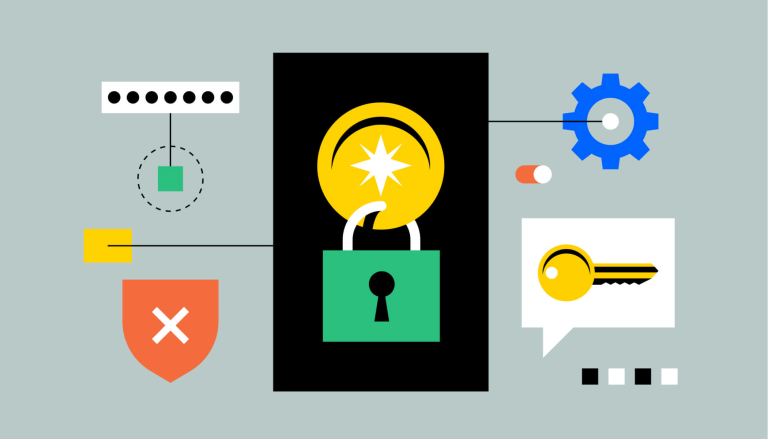What is Two-Factor Authentication (2FA) in crypto?

Two-Factor Authentication (2FA) is a security measure that necessitates two distinct forms of identification for account access.
2FA seeks to enhance the security of online accounts, including cryptocurrency wallets, by introducing an additional layer of verification.
Despite its potential effectiveness, 2FA is not infallible and users should remain vigilant against potential security threats.
Understanding Two-Factor Authentication (2FA)
Two-Factor Authentication (2FA) is a security system that requires two separate, distinct forms of identification to access an account. This process seeks to prevent unauthorized users from gaining access to an account with nothing more than a stolen password. The two factors involved in the 2FA process include a knowledge factor, such as a password or PIN, and a possession factor, which could be a smart card, security token, or mobile device.
The theory behind this method is that even if someone were to learn or guess a user’s password (the knowledge factor), they would still require the second factor (possession) to access their account. As a result, the risk of unauthorized access is potentially reduced because it is much more difficult for attackers to penetrate.
The Importance of 2FA in Cryptocurrency
In the world of cryptocurrency, security is paramount. Cryptocurrency wallets and exchanges are often targets for cybercriminals due to the value and somewhat anonymous nature of digital currencies. By introducing a second layer of verification in addition to a password, 2FA seeks to improve security and make it harder for unauthorized individuals to gain access to cryptocurrency accounts.
2FA is often used in cryptocurrency platforms, and common solutions include receiving a one-time code by SMS, generating codes using a mobile app, or using biometric information, such as fingerprints or face recognition.
Different Methods of 2FA
There are various methods of 2FA, each with its own level of security and convenience. These include:
SMS or text message codes: Users receive a one-time code through SMS, which they must enter to finish the login procedure. This method is less secure than others as SMS messages can be intercepted.
Mobile authenticator apps: Users can download a mobile app that creates time-based, one-time codes. These apps are synchronized with the server and randomly generate the codes at brief, predetermined intervals.
Email codes: To complete the login process, the user must input a one-time code that is provided to their registered email address.
Hardware security tokens: These physical devices either generate one-time codes or have buttons that need to be pressed to authenticate users. They can be pricey, but they are quite secure.
Biometric verification: Users can authenticate themselves via biometric verification, which compares their provided biometric identifier, such as a fingerprint or facial scan, to stored biometric information.
The Limitations of 2FA
While 2FA seeks to improve security, it is not foolproof. Hackers who acquire the authentication factors can still gain unauthorized access to accounts. Common ways to do so include phishing attacks, account recovery procedures, and malware. Hackers can also intercept text messages used in 2FA. Despite these limitations, 2FA seeks to provide more security than password protection alone and is a suggested security measure for all cryptocurrency users.


